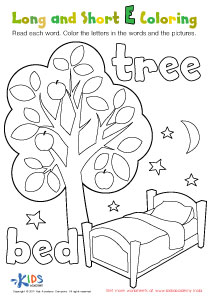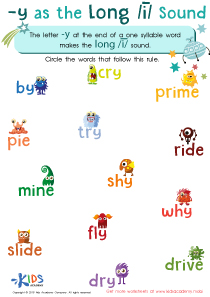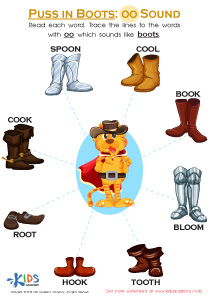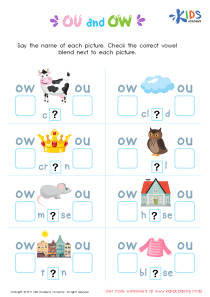Vowel Recognition Normal Long Vowels Worksheets
6 filtered results
-
From - To
Enhance your child’s reading skills with our "Vowel Recognition Normal Long Vowels Worksheets." Perfect for early learners, these engaging worksheets are designed to help kids identify and distinguish long vowel sounds in words. Each activity combines fun illustrations with effective exercises to reinforce vowel recognition. By practicing with these worksheets, children can improve their pronunciation, reading fluency, and spelling accuracy. Ideal for at-home practice or classroom use, our worksheets provide a solid foundation in phonics, ensuring your child gains confidence in their literacy journey. Download now and watch your child's reading skills soar!
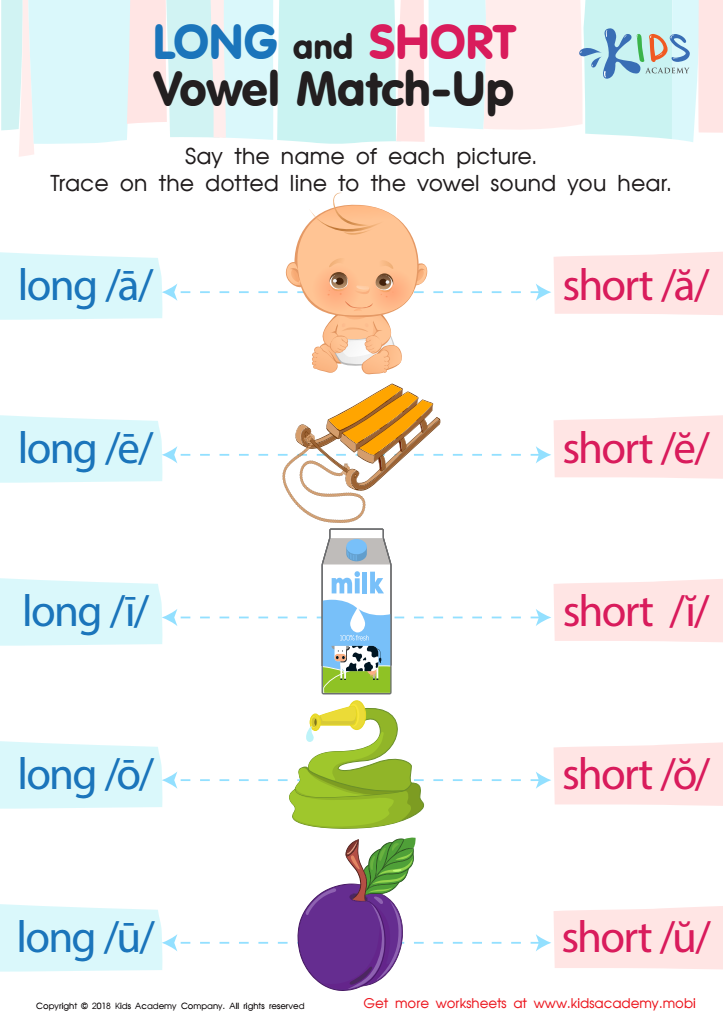

Long and Short Vowel Match up Reading Worksheet
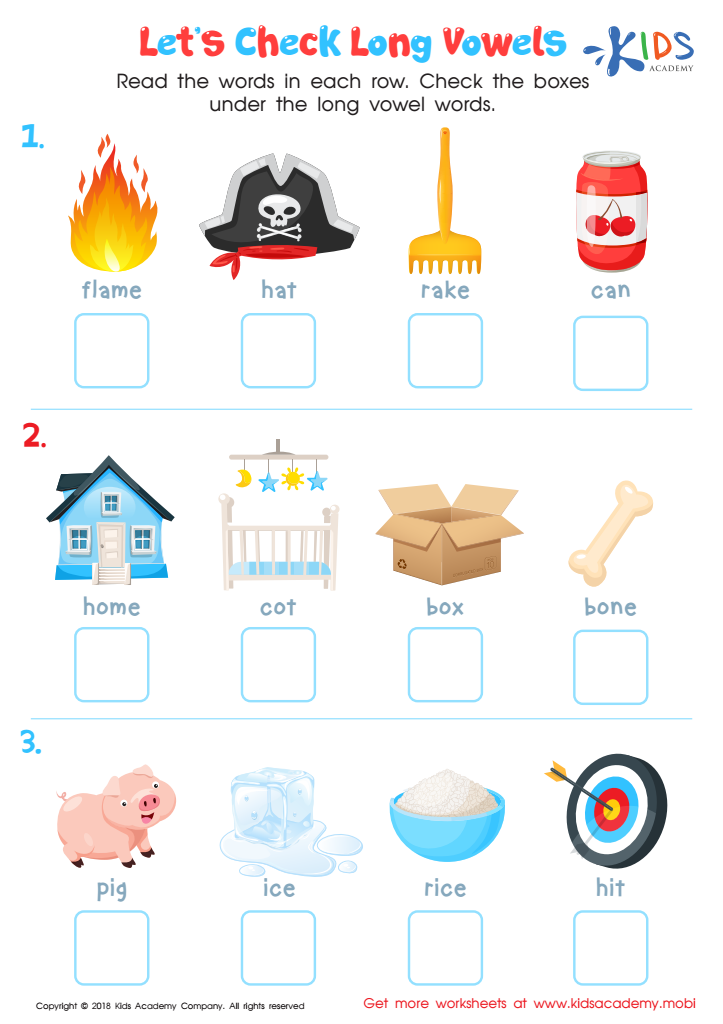

Let's Check Long Vowels: Assessment Worksheet
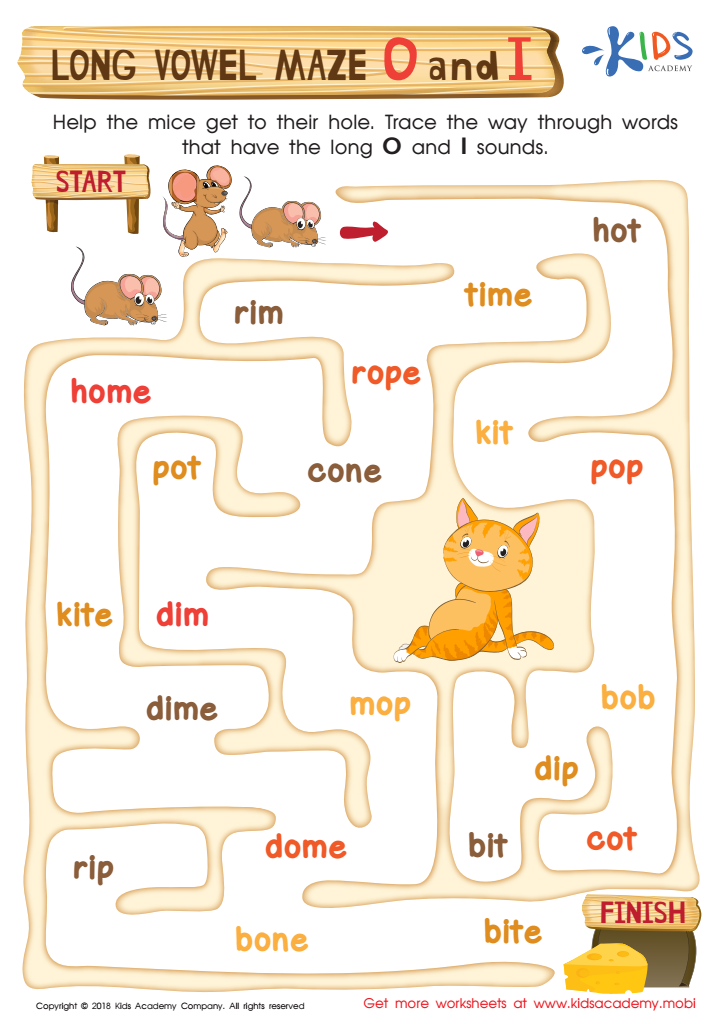

Long Vowel Maze /o/ and /i/ Worksheet
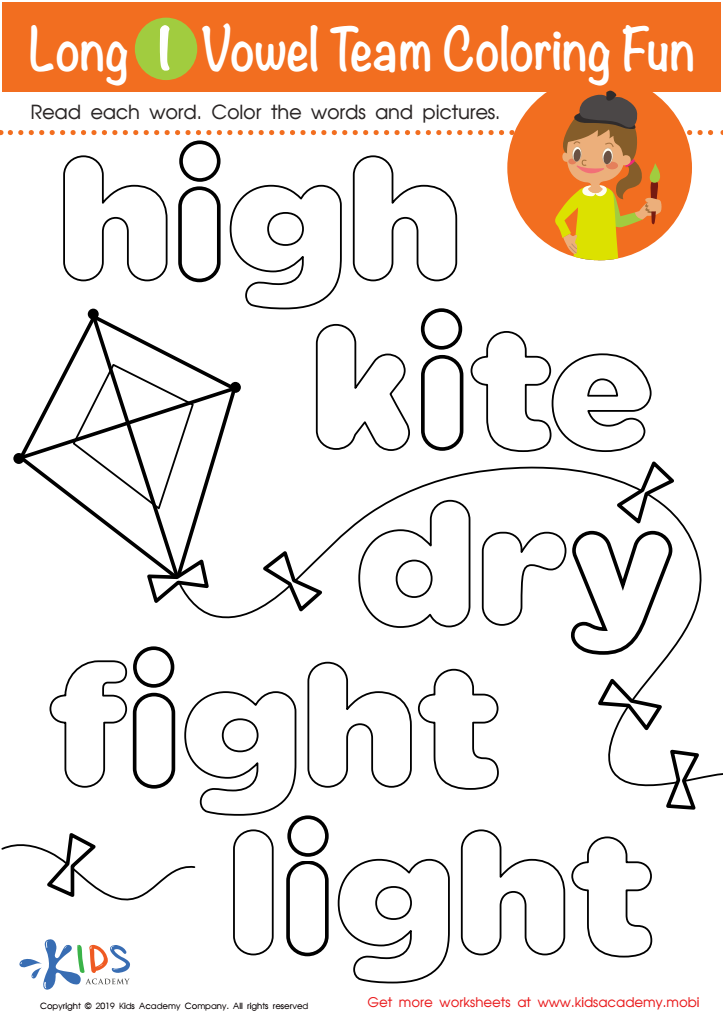

Long I Vowel Team Coloring Worksheet
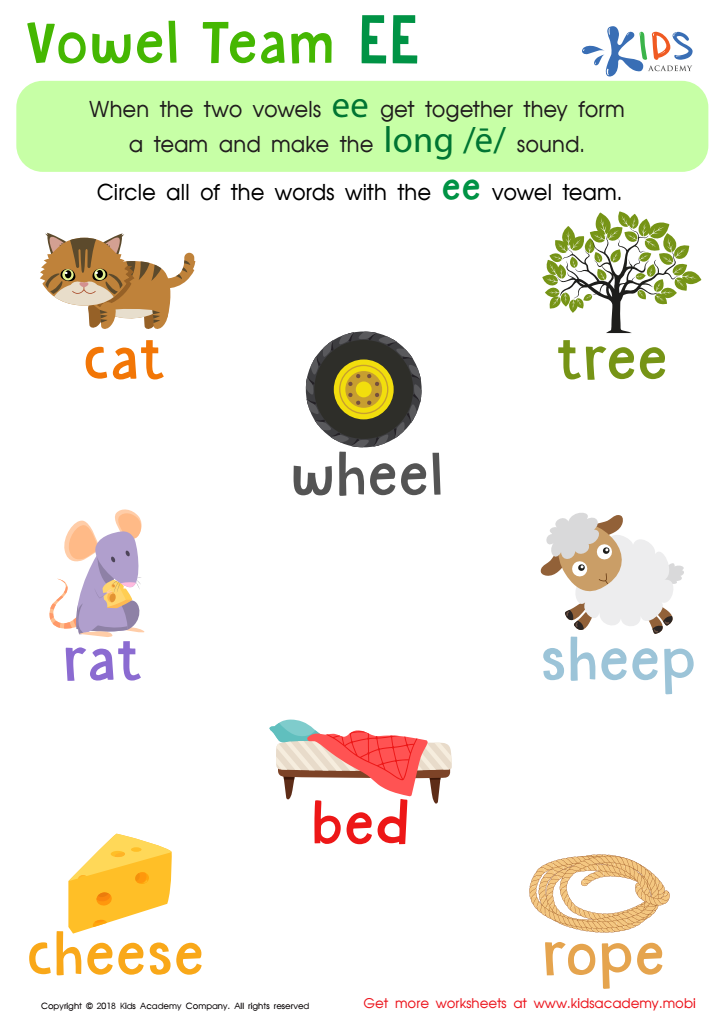

Reading: Vowel Team EE Worksheet
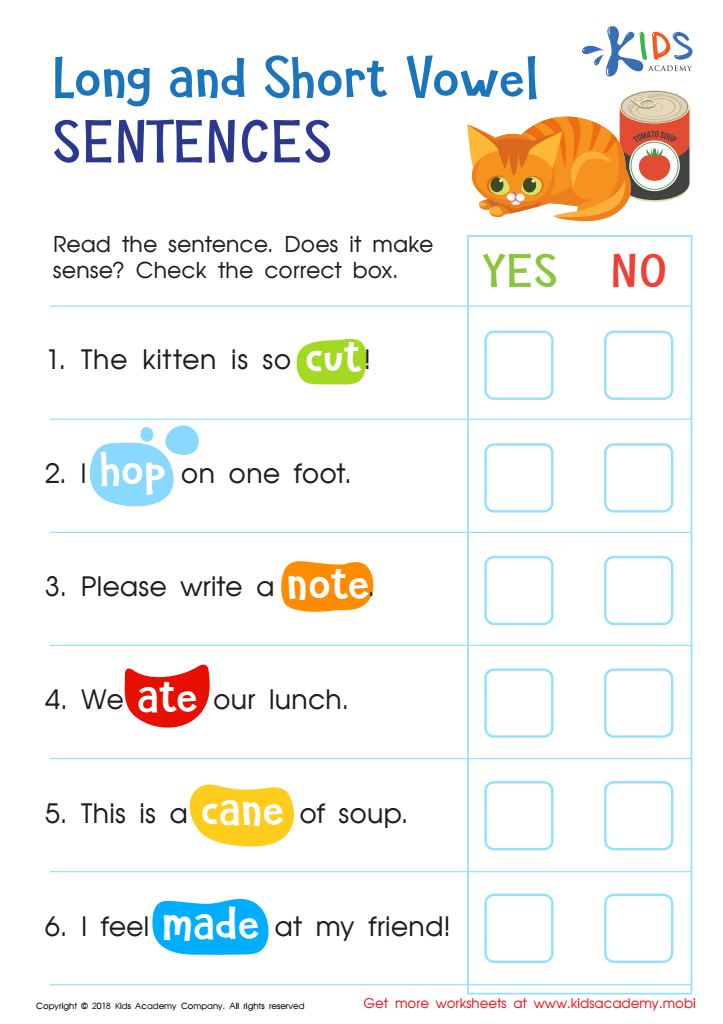

Long and Short Vowel Sentences: Assessment Worksheet
Vowel recognition, including the discernment between normal (short) and long vowels, forms a crucial foundation for reading and language development in young learners. For parents and teachers, fostering this skill is essential because it directly influences a child's ability to decode words, which is pivotal for reading fluency and comprehension.
Normal vowels, or short vowels, produce a specific sound in a word; for example, the 'a' in "cat" sounds different from the 'a' in "cake," which represents a long vowel. Teaching children to recognize these differences allows them to understand more complex phonetic patterns and spelling rules. For instance, long vowels often appear when a vowel is followed by a consonant and an 'e,' or when vowels are paired in a word (as in “boat”).
Early vowel recognition drills can reduce future reading challenges, as they help children to promptly identify mispronunciations and spelling errors. This understanding boosts confidence and aids in achieving better literacy outcomes. Furthermore, proficiency in vowel sounds aids not only in reading but also in writing and verbal expression.
In summary, parents and teachers should prioritize vowel recognition with an emphasis on normal and long vowels to nurture early literacy skills, pave the way for lifelong reading success, and ensure children communicate effectively.
 Assign to My Students
Assign to My Students





